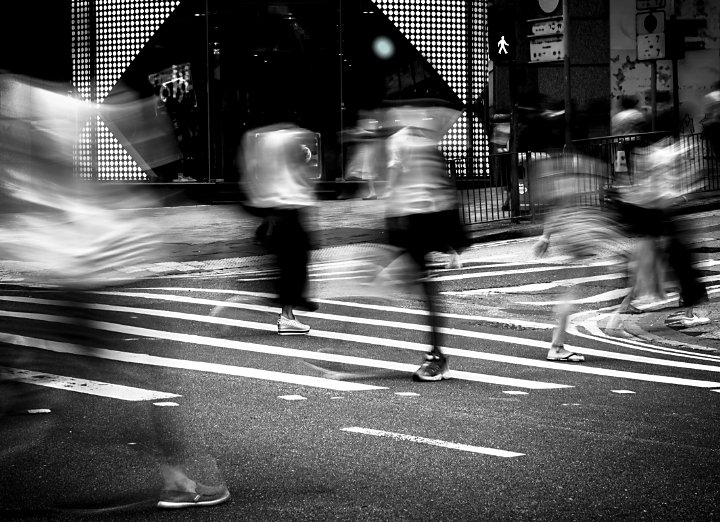What Does Framing Streets Do?
Table of ContentsAll about Framing StreetsThe Best Strategy To Use For Framing StreetsFraming Streets for DummiesSome Ideas on Framing Streets You Need To KnowOur Framing Streets PDFsUnknown Facts About Framing Streets
Digital photography category "Crufts Pet Program 1968" by Tony Ray-Jones Street digital photography (also occasionally called candid photography) is digital photography performed for art or inquiry that includes unmediated chance experiences and arbitrary incidents within public locations, typically with the goal of catching photos at a definitive or emotional moment by cautious framing and timing. 
, that was influenced to carry out a similar documents of New York City. As the city developed, Atget helped to promote Parisian roads as a worthy topic for photography.

The Only Guide for Framing Streets
Martin is the first tape-recorded digital photographer to do so in London with a masked video camera. Mass-Observation was a social study organisation established in 1937 which aimed to tape everyday life in Britain and to record the responses of the 'man-in-the-street' to King Edward VIII's abdication in 1936 to wed divorce Wallis Simpson, and the succession of George VI. In between 1946 and 1957 Le Groupe des XV annually displayed work of this kind. Andre Kertesz. Circus, Budapest, 19 May 1920 Street photography created the significant web content of two exhibits at the Gallery of Modern Art (Mo, MA) in New york city curated by Edward Steichen, Five French Professional Photographers: Brassai; Cartier-Bresson, Doisneau, Ronis, Izis in 1951 to 1952, and Post-war European Photography in 1953, which exported the idea of street photography worldwide.

Top Guidelines Of Framing Streets
, then an instructor of young children, associated with Evans in 193839.'s 1958 check this book,, was considerable; raw and typically out of focus, Frank's images examined conventional digital photography of the time, "challenged all the official regulations laid down by Henri Cartier-Bresson and Pedestrian Evans" and "flew in the face of the wholesome pictorialism and sincere photojournalism of American magazines like LIFE and Time".